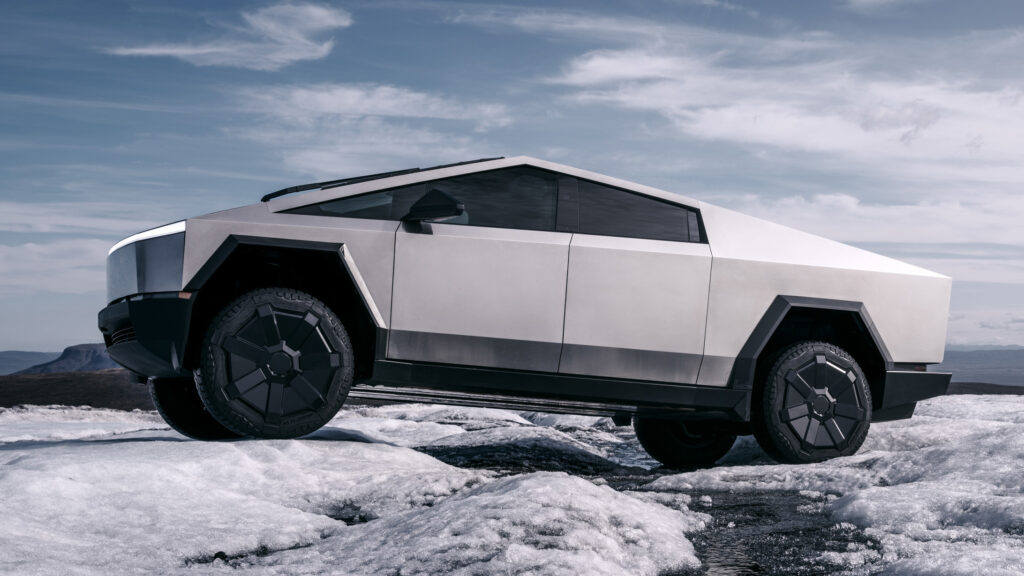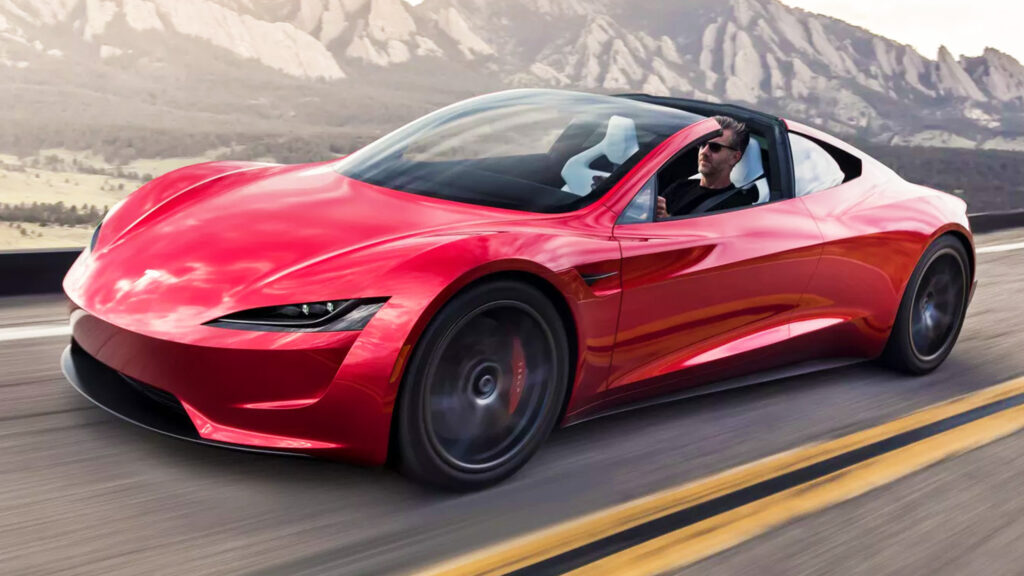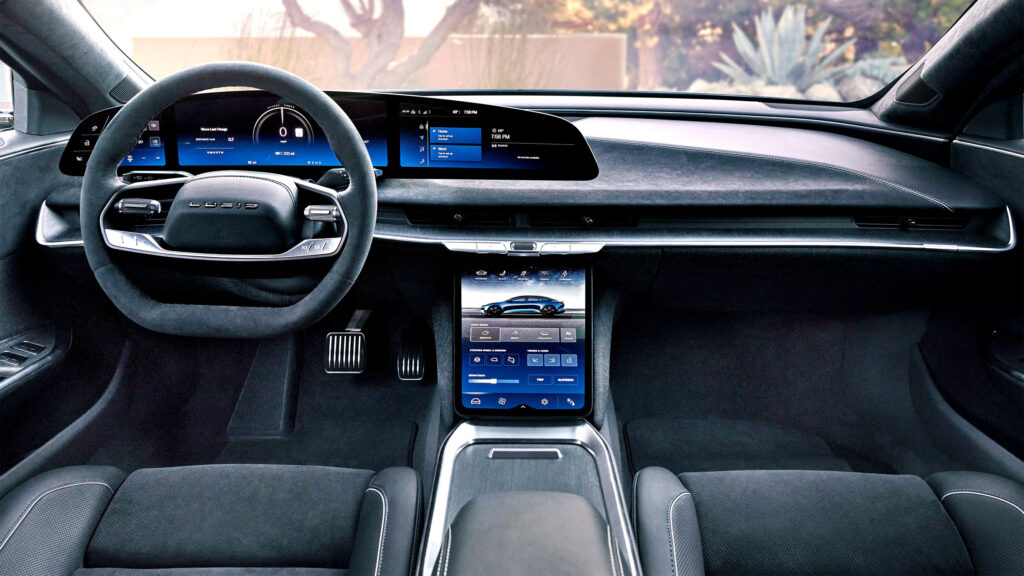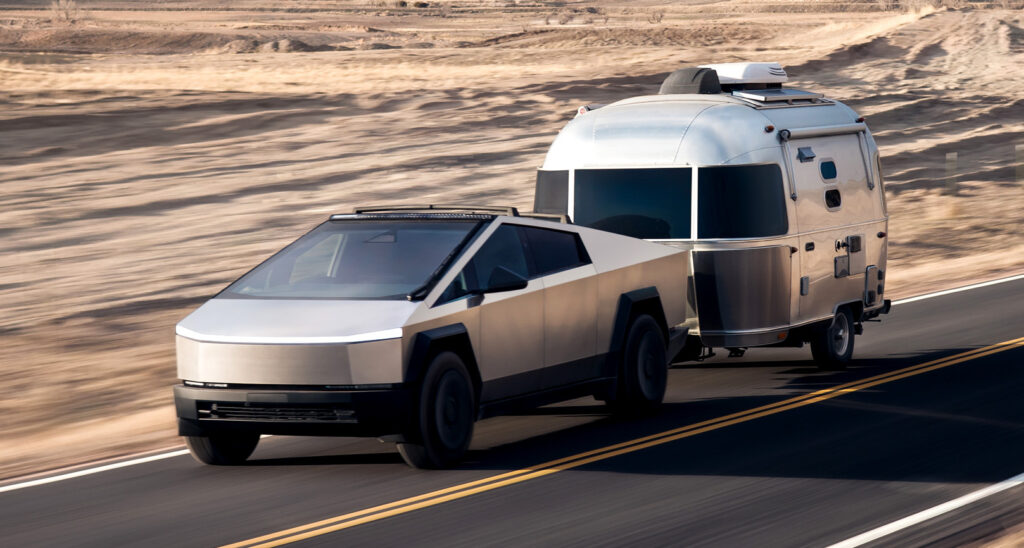Dodge Dealer’s $49 Charger Lease Is Real But You’ll Actually Pay Four Times That
- Dealer offers Charger Daytona lease for $49.99 a month during back-to-school sale event.
- Buyers must qualify for five stacked rebates including EV tax credit and regional bonuses.
- Most importantly, it requires a hefty down payment, while mileage remains unknown.
The Dodge Charger Daytona hasn’t exactly had the greatest start to life. Early reviews were critical of its driving dynamics, the base price isn’t exactly competitive when performance is factored in, and it started out as a two-door only, which limits its target demographic. Now, at least one dealer might have a way to interest more buyers, and it’s a lease that’ll cost less per month than the average American spends on coffee.
More: You Can Now Lease A Nissan Ariya For Less Than A Leaf S
Elk Grove Dodge Chrysler Jeep Ram is in the midst of what it’s calling a back-to-school sale. It’s offering low APR, thousands of dollars off some models, and one particularly wild-sounding lease deal. That deal is on the aforementioned Charger Daytona, and it reportedly costs just $49.99 a month for buyers who qualify. Since there’s no such thing as a free lunch, though, the list of requirements is where things start to get complicated.
Credit and Rebates
First and foremost, the customer must have the right credit score. Specifically, they have to qualify for tier 1 approval. Typically, that’s a credit score of 750 or higher. On top of that, they have to qualify for five different rebates. The biggest one, the federal EV tax credit of $7,500, is one that lots of people will be eligible for. The others, though, aren’t as simple.
A $1,000 rebate for “lease bonus cash” is only available to customers currently leasing another car. An even larger $4,000 rebate is for “West BC SFS Lease Bonus Cash.” In other words, one has to live in the Western Business Center of Stellantis and finance the loan through it. A further $2,000 rebate is only available to friends and family of Stellantis workers. Finally, a $500 rebate kicks in for first responders or military members.

The $5,000 Fine Print
Provided that all of that checks out, the $49.99 is still on the table, but from what we’re hearing, the fine print makes the deal look a little less sweet. Evidently, buyers need to put at least $5,000 down to get it, which effectively makes the monthly payment closer to $200 over the course of 24 months. Even so, that’s not a bad deal.
What complicates things is that the dealership hasn’t disclosed the mileage allowance, which could mean that it’s set low enough to keep costs down. For anyone driving more than a short commute, the overage penalties could may erase any perceived savings.
So while $49.99 a month makes for an eye-catching headline, the layers of conditions, hefty down payment, and probable mileage cap make it a deal that looks far better on paper than in practice. Elk Grove may draw attention with the figure, but once the fine print is accounted for, most shoppers will recognize it as little more than a flashy number that doesn’t match the reality of driving the car.
All things considered, would this deal be enough to get you into a new Dodge Charger Daytona? Let us know in the comments below.
Carscoops reached out to Elk Grove for further details and will update this piece if we hear back.























